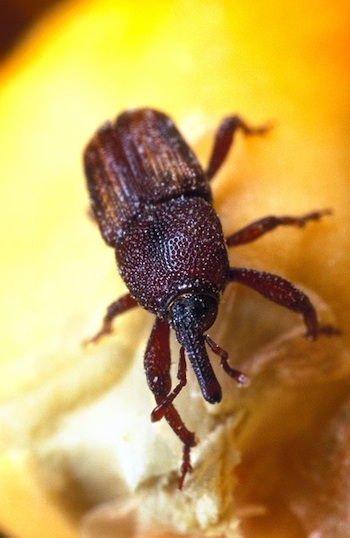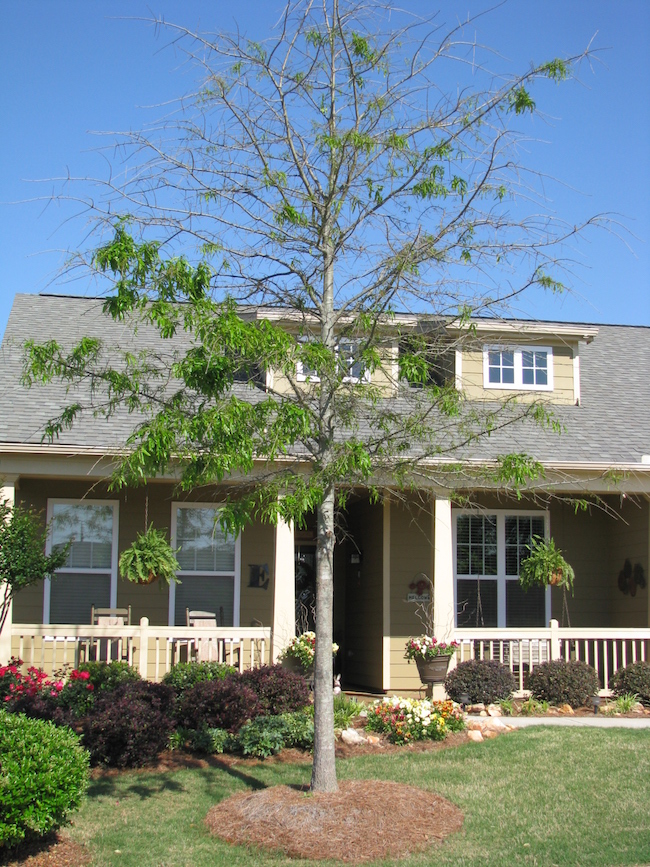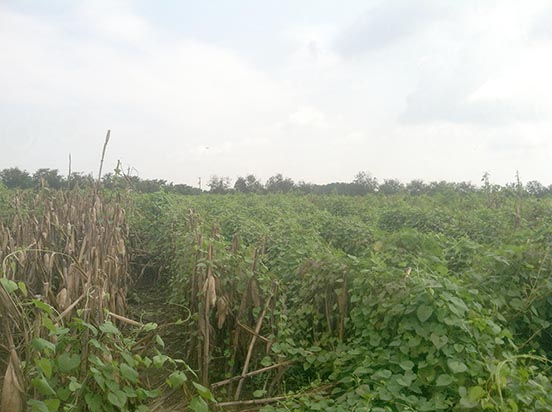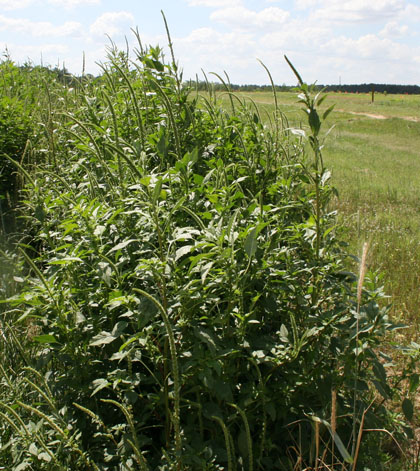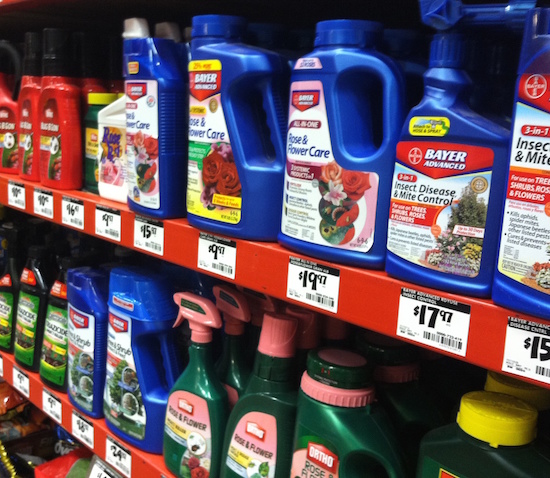 CAES News
CAES News
Stored Corn
Farmers usually rush to get their crops to market to get the best price, but if stored properly, field corn held for eight to nine months brings higher prices than recently harvested corn, according to a University of Georgia expert.

.jpg)
